The science of hygiene in public bathrooms
07 November, 2023
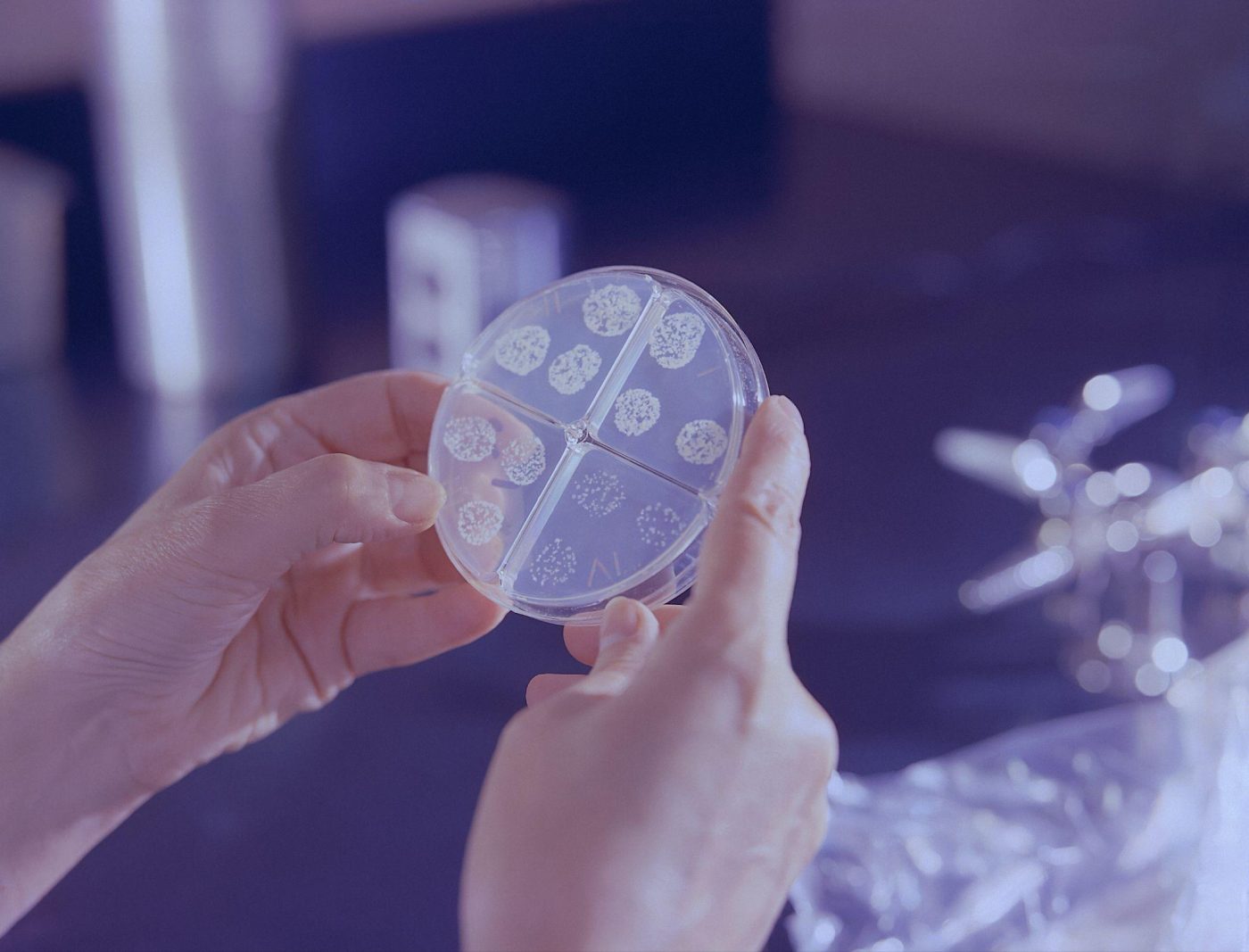
The science of hygiene in public bathrooms
When it comes to using public bathrooms, we all have different habits. Some might always wipe the toilet seat first. Some prefer air-dryers over hand-towels. While others might not even wash their hands at all (yikes).
With so many variables in the mix, it’s no wonder public bathroom hygiene can be so hit and miss. And according to the science, it’s often more likely to be a ‘miss’.
Let’s take a closer look at the facts behind hygiene in the restroom, and explore why going hands-free might just be the best way to keep things clean.

Public restrooms are ideal environments for germs to thrive.
Washrooms are warm, wet, and humid, which makes them every germ’s dream house. So unsurprisingly, millions and millions regularly make themselves right at home.
According to the Centre for Disease Control and Prevention, using the bathroom leaves a massive 200 million bacteria per square inch on your hands. And just one gram of human feces can contain as many as a trillion germs.
So, what kind of germs are we talking? E.Coli, Salmonella, and Staphylococcus Aureus are three of the most common bacteria found lurking in public toilets. They can bring on illnesses like diarrhoea, norovirus, and respiratory infections. Colds, flus, even skin and eye infections can also be passed on through cross-contamination in the washroom.
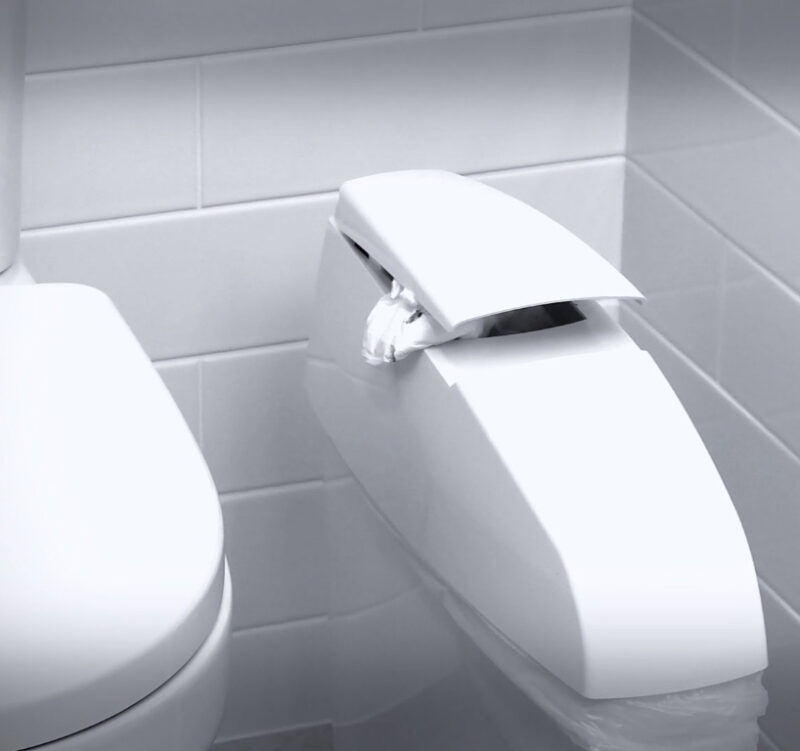
Bathroom bacteria can turn up in some surprising spots.
You’d think the toilet seat would be the number one place for germs to hang out. But funnily enough, studies have shown that the sink is one of the most highly-contaminated areas.
Sanitary bins are an even bigger hot-spot. Research by the University of Arizona’s Dr. Charles Gerba, who has studied restroom contaminants for over 20 years, has shown that feminine hygiene bins index well ahead of areas like the sink, floor, and door handles.
The simple act of flushing the toilet can also send masses of bacteria circulating through the air. This causes them to turn up in some unexpected places; from the walls, floors and counters, to mirrors, door-frames and more. And once they arrive, various bacteria can linger for anywhere from hours, to days, to weeks.
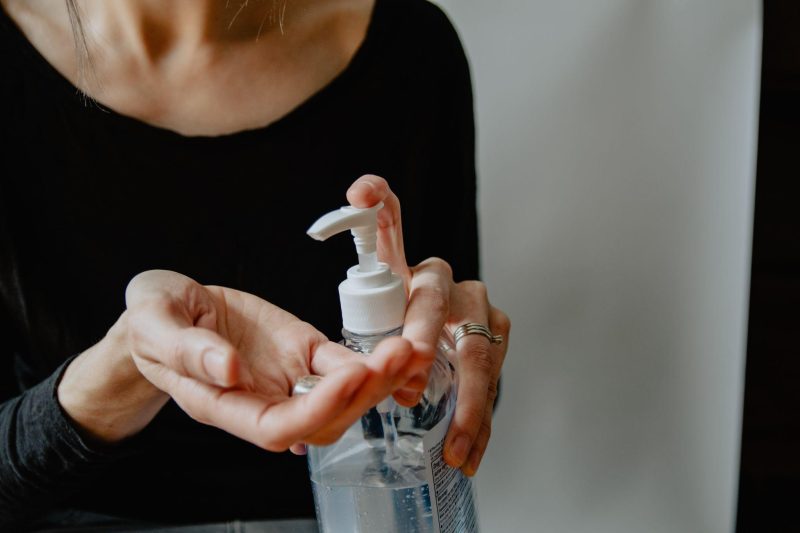
Our hands are hands-down the biggest culprits.
Human hands are bathroom germ super-spreaders. It’s thanks to our hands that high-touch areas – like door knobs, handrails, flushes, taps, and sanitary bins – see such incredibly high concentration of germs.
If we touch these surfaces then unconsciously touch our noses, mouths, or eyes, bacteria can make its way into our bodies, and could even make us sick. In fact, the CDC estimates a staggering 80% of diseases are transmitted through our hands.

So, what’s the best way to keep your public bathroom experience bacteria-free?
The less we use our hands in the bathroom, the better. That could mean putting a paper towel barrier between your hand and the flush. Or, like 64% of Americans surveyed in this 2013 study, you might even want to try using your feet to flush the toilet…
But if that option sounds a step too far, luckily there’s another solution. Studies have shown that the simple act of washing your hands with soap can reduce your risk of contracting certain diseases by 42-47%.
But unfortunately, as many as 62% of men and 40% of women admit they don’t wash their hands after using the toilet. So no matter how seriously you take your own personal hygiene, in a public restroom, you can never be too sure what you’re touching.
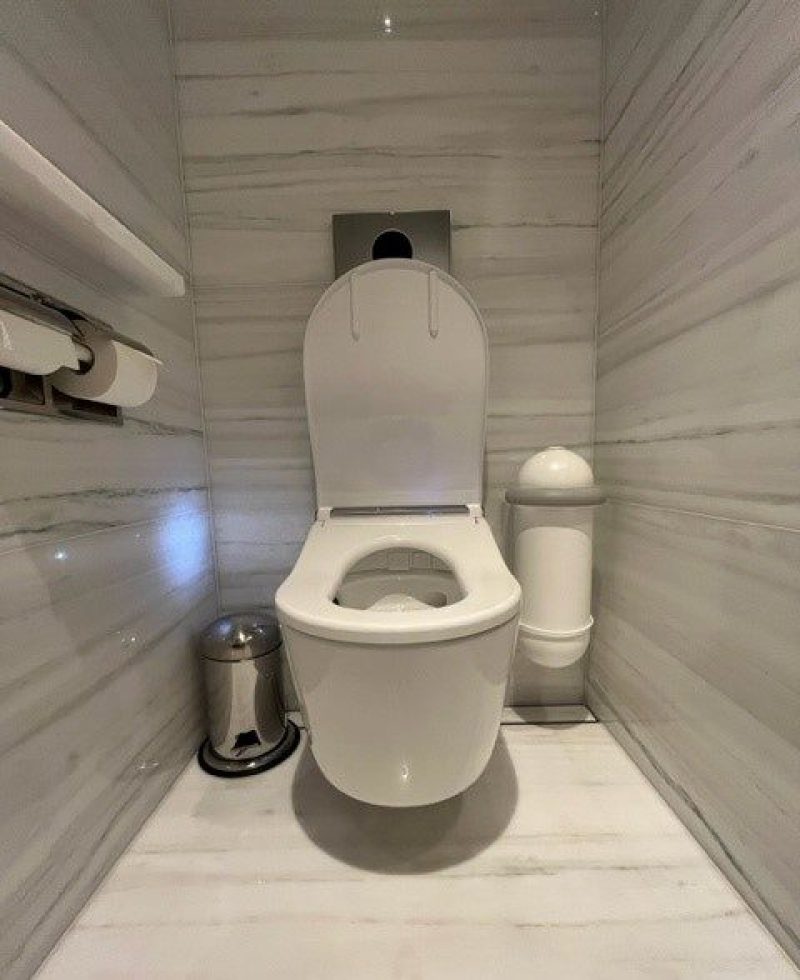
If hand washing is one small step, going hands-free is a giant leap.
There’s only one sure-fire way to bid bathroom germs goodbye. And that’s by turning the restroom into a totally touch-free experience.
These days, you can automate almost every element of the washroom. Doors, flushes, taps, soap and paper towel dispensers. Now, with SaniPod™, even the sanitary bin can be hygienically hands-free.
All three of SaniPod’s feminine hygiene bin designs (Pod™ Petite, Pod™ Classic and Pod™ Classic Mini) are available in fully automated models. That means users can dispose of their sanitary waste, while keeping their hands – and their 200 million bacteria – to themselves.
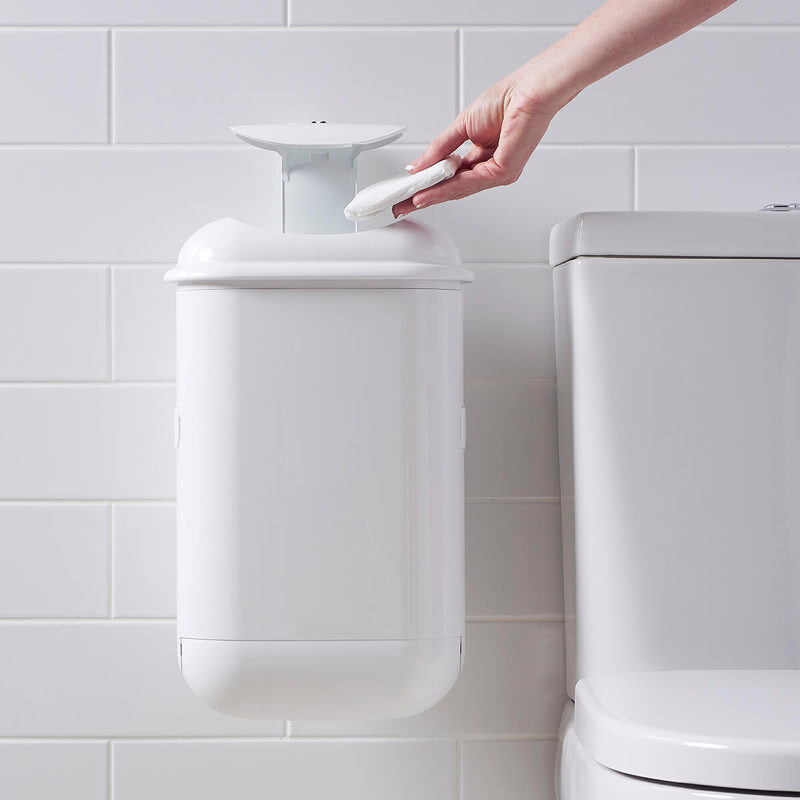
The more hands-free our public washrooms are, the more hygienic they’ll be.
To truly minimise restroom cross-contamination, every step of the process needs to be hands-free. And at SaniPod™, we think the sanitary bin is a great place to start.
Talk to the team at SaniPod™ today, and make sure your business’s washroom reaches the very height of hygiene.
Looking to create a more hygienic environment for your washroom? Chat to us to find out how
Contact UsProudly used by



